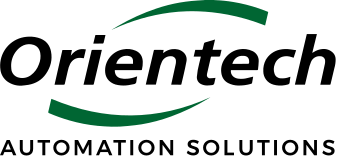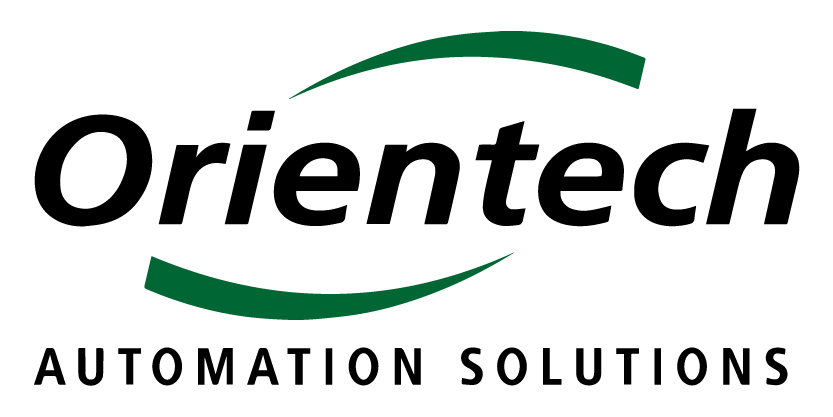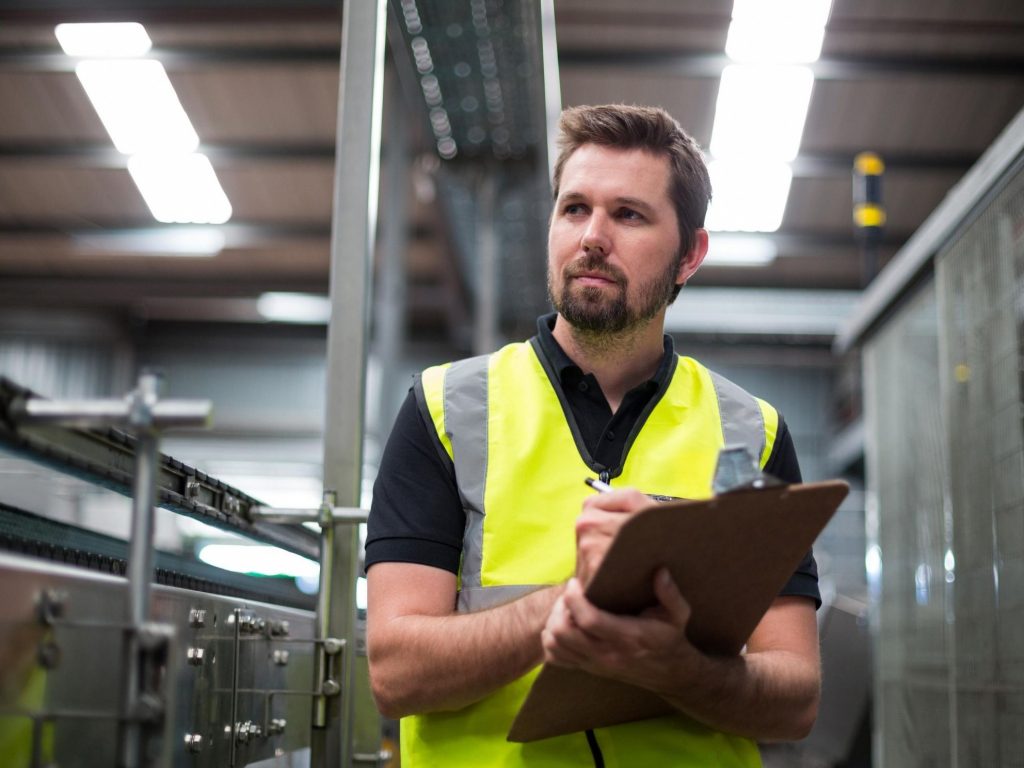North American manufacturing plants are gearing up for a return to work following weeks of downtime. And while the momentum to get back to a normal production schedule is tempting for many businesses, this process should involve more than simply flipping a switch. While a shutdown period can be devastating to a manufacturer, it also presents an opportunity to optimize equipment, and reduce the possibility of an equipment-based shutdown in the near future. Once the dust of the pandemic begins to settle, and maximum levels of productivity can be attained, machinery failure can rob a business of hopes of recovery.
To smoothly transition from shutdown to full production, we recommend a methodical approach that ensures uninterrupted operations in the foreseeable future. Doing so requires attention to maintenance and exercising caution when going back online.
BEFORE STARTING YOUR ASSEMBLY LINE OR LINING MACHINE
As we detailed in our article on equipment shutdown procedures, we highly recommend focusing first on the maintenance of your machinery. A shutdown period is an ideal time for repairing issues or attending to any preventive maintenance according to the manufacturer’s recommendations.
Maintenance is especially essential for companies that had to shut down operations abruptly, and might not have had an opportunity to store or protect equipment properly because of the government suspension. When returning to your plant for a restart, first take the time to check for changes, updates, upgrades, and missing parts. Doing so now can help ensure maximum productivity during a ramp-up to a normal schedule.
In general, we advise you not to skip a step — to work sequentially so as not to delay a restart of optimal and rapid production rate.
Greasing and lubrication
For companies in particular that have a production schedule that usually stops at night or weekends, and for older generation machines, we highly advise following the daily routine outlined in your assembly line manuals, such as ensuring that lubrication points are adequately greased.
If you can not find the documentation or for any other reason, do not hesitate to contact your manufacturer, who can provide guidance. Bearing failure caused by inadequate lubrication can lead to costly repairs, additional downtime, and, in a worst-case scenario, a large mass force release that can damage property and lives.
If your company was able to follow optimal shutdown protocols including proper storage and maintenance, start-up should be essentially worry-free.
For example, when we ship a new machine, it is often in transit between our factory and the customer, and our equipment spends several weeks or months before the customer is ready to put it in its final place and then in production. The equipment doesn’t suffer from this transit period as we made sure before to follow all steps before putting it in “storage mode”. Well-prepared, equipment can remain dormant for a period of time without affecting its optimal operation.
But, even when equipment has been properly prepared for dormancy, it is essential to follow a startup routine. When you start a machine, you have to make sure that all the connections have been made. If you are at all uncertain about properly reconnecting the equipment, contact the equipment manufacturer as startup procedure assistance is often part of warranty protection.
WHEN STARTING YOUR MANUFACTURING LINE
For this restart phase, our first recommendation is to assign a technician from the maintenance team to supervise the process. If possible, we advise you to start slowly, be attentive to the machine, and work with technicians or operators who previously operated the production line and who also have experience with maintenance. The team that routinely runs the equipment can more quickly detect anomalies in operation, while problems can go unnoticed with a new group.
Steps to follow to restart your equipment
1. Cleaning
Clean the equipment when it has been stored for a long time, including the outside, the machine, the panels, and internal mechanisms (feeding equipment, stacking and packing sections, etc.) . Pay particular attention to the sensors, especially optical sensors, which are the most sensitive such as vision systems and camera lenses. Follow manufacturer’s recommendations for cleaning, and avoid accessing internal components that are not user-serviceable.
2. Visual appearance
Check that the machine has no physical damage apparent to the eye. If there were some temporary ‘home’ changes or user modifications made before shutdown due to a lack of time, now is the perfect opportunity to make these quick fixes permanent. It also is the right time to document these modifications as improvements to technical drawings or maintenance log notes.
Once the visual inspection is completed, you can contact the manufacturer for guidance on improvement or to provide feedback on their machines. Also, review your preventive maintenance procedures and determine if any additional actions are required or outstanding prior to startup.
3. Connection
4. Batteries
Once you have made sure that everything is functional on the machine, check the batteries and recharge them to avoid any potential damage. Consider changing non rechargeable batteries that may have been depleted even while the machine was turned off. Examples include the batteries for PLCs, Robots and other electrical components.
If you followed our shutdown advice, your batteries should be in good shape.
5. Soft start
After all of the electrical and mechanical checklists/checks have been made, we recommend putting the machine first in “jogging” mode, cycle by cycle, to see if there are any problems. After that, you can continue in auto mode, but a low-speed cadence is recommended to make it easier to identify any problems. Depending on the complexity of your manufacturing line (e.g. different assembly steps), it is actually suggested to go with a low rate at the start. This will take a few hours at most.
“Patience is a key element of success.” Bill Gates
Shutdowns are difficult, economically and on your production line. It is tempting to rush back into production as soon as your business is given the green light. Take the time, however, to exercise caution. By attending to maintenance, fixing apparent problems, and tempering equipment restart, you can avoid costly downtime in the future.



